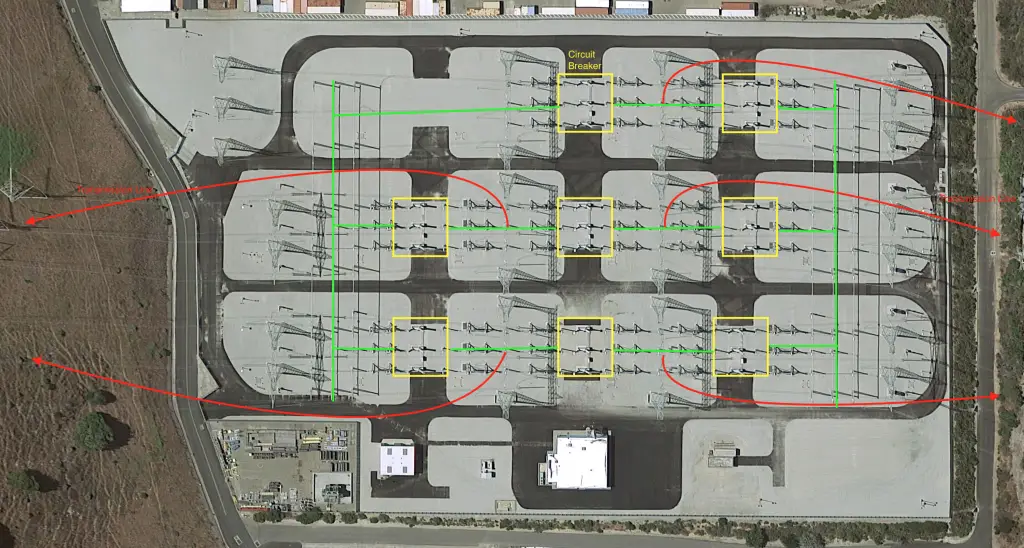
We build substations for the following reasons:
Practical Considerations for Power Substations
To satisfy load growth
When new communities or businesses develop in areas with limited or no existing power infrastructure, there is a strong case for constructing a nearby substation. Supplying power from distant substations is inefficient due to increased power loss as heat over long distribution lines. A local substation reduces these losses and ensures efficient power delivery.
To accommodate new generation
New renewable energy projects, such as wind or solar farms, require collector substations (see the proposed renewable projects here). These substations gather power from multiple generators and connect it to the main power grid, facilitating the integration of renewable energy sources into the existing electrical infrastructure.
To maintain reliability requirements
At times new transmission lines are constructed by developers or public utilities to address congestion in the power grid. Congestion occurs for a variety of reasons – explained here. Therefore when building new transmission lines, an effort is made to connect it to an existing substation. When that is not possible, a new substation is built.
Technical Considerations for Power Substations
To step up or step down AC voltage using transformer(s)
Remember, higher voltages mean lower currents. Lower currents yield to lower I^2R (copper) losses. Thus more energy can be delivered to do useful work. Voltages at the distribution end need to be stepped down for utilization by customers.
Substations provide the necessary real-estate to install a transformer for power transmission and distribution.
To break the power flow
Quite often, a fault (such as a tree touching a live wire) requires complete isolation of the line until the fault is removed. Breaking the power flow by merely placing some switches on the line will not work. To safely interrupt thousands of amperes, you will need circuit breakers that can handle such high current magnitudes. Almost all substations contain circuit breakers in some form that trip and isolate transmission lines connected to it.
Provide support to the power flow
Unlike DC power flow, AC power flow needs to overcome not only the resistive impedance but also the impedance offered by the inductive nature of various equipment (like motor loads, transmission lines, reactors, etc.) connected to the system. For this reason, substations have capacitor banks connected to all three phases of the lines to ease the power flow. Doing so also improves the power factor of the electrical system.
There are several other reasons for building a substation. However, the ones listed above are the important ones.

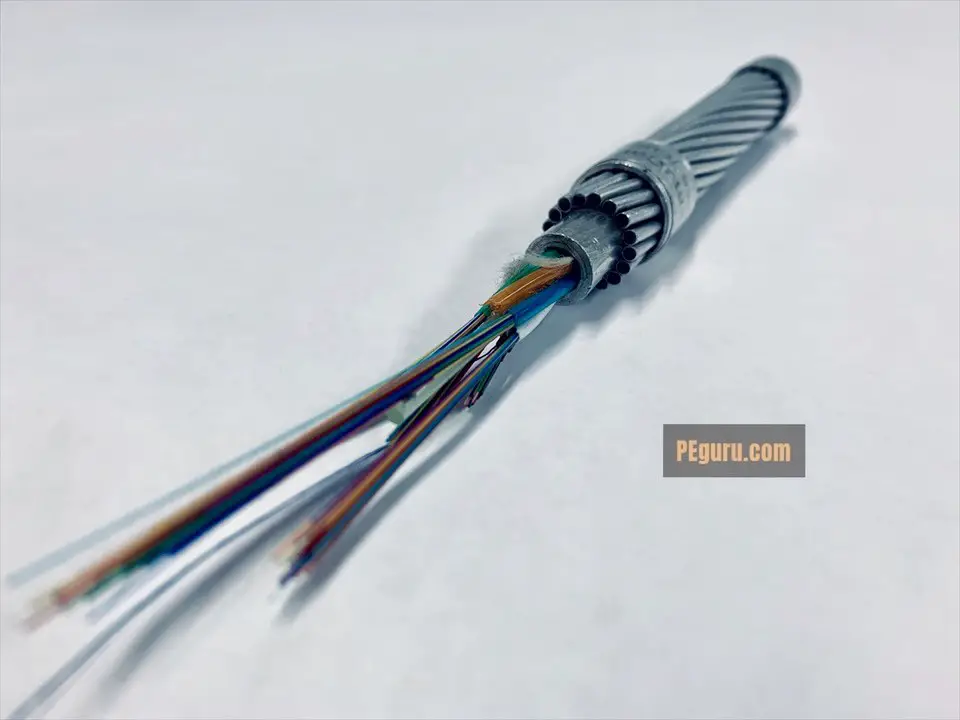
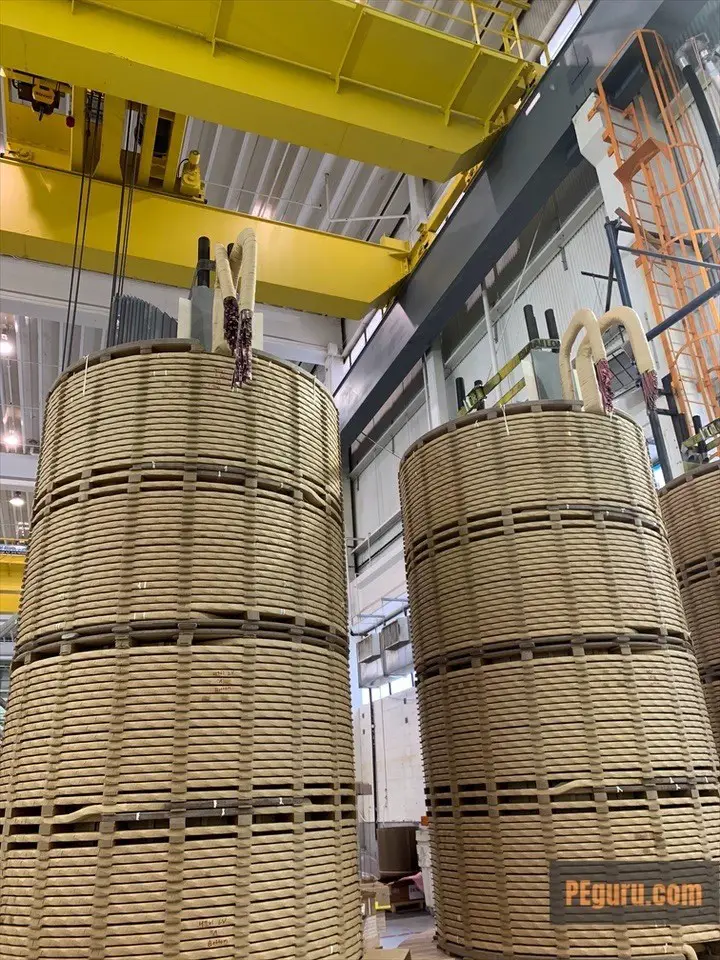

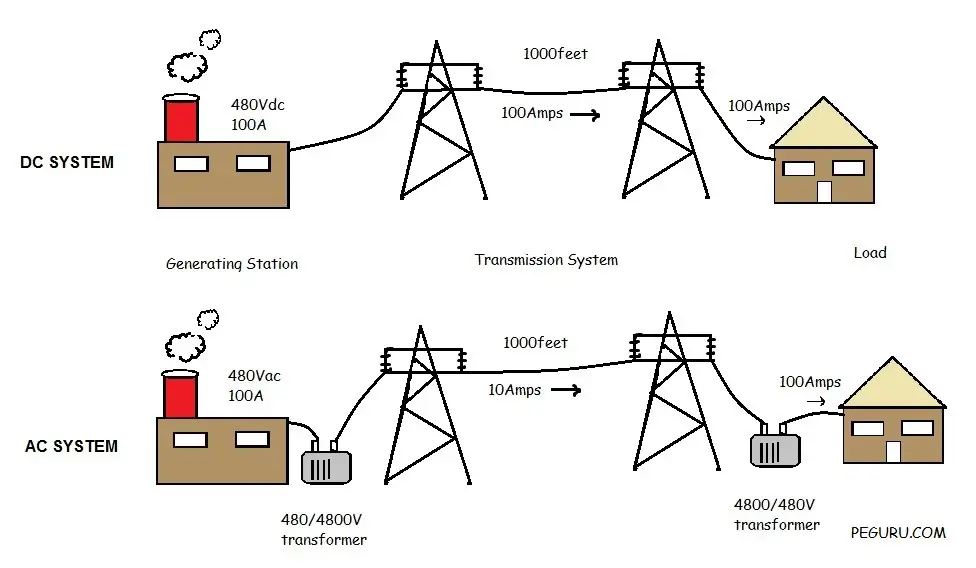
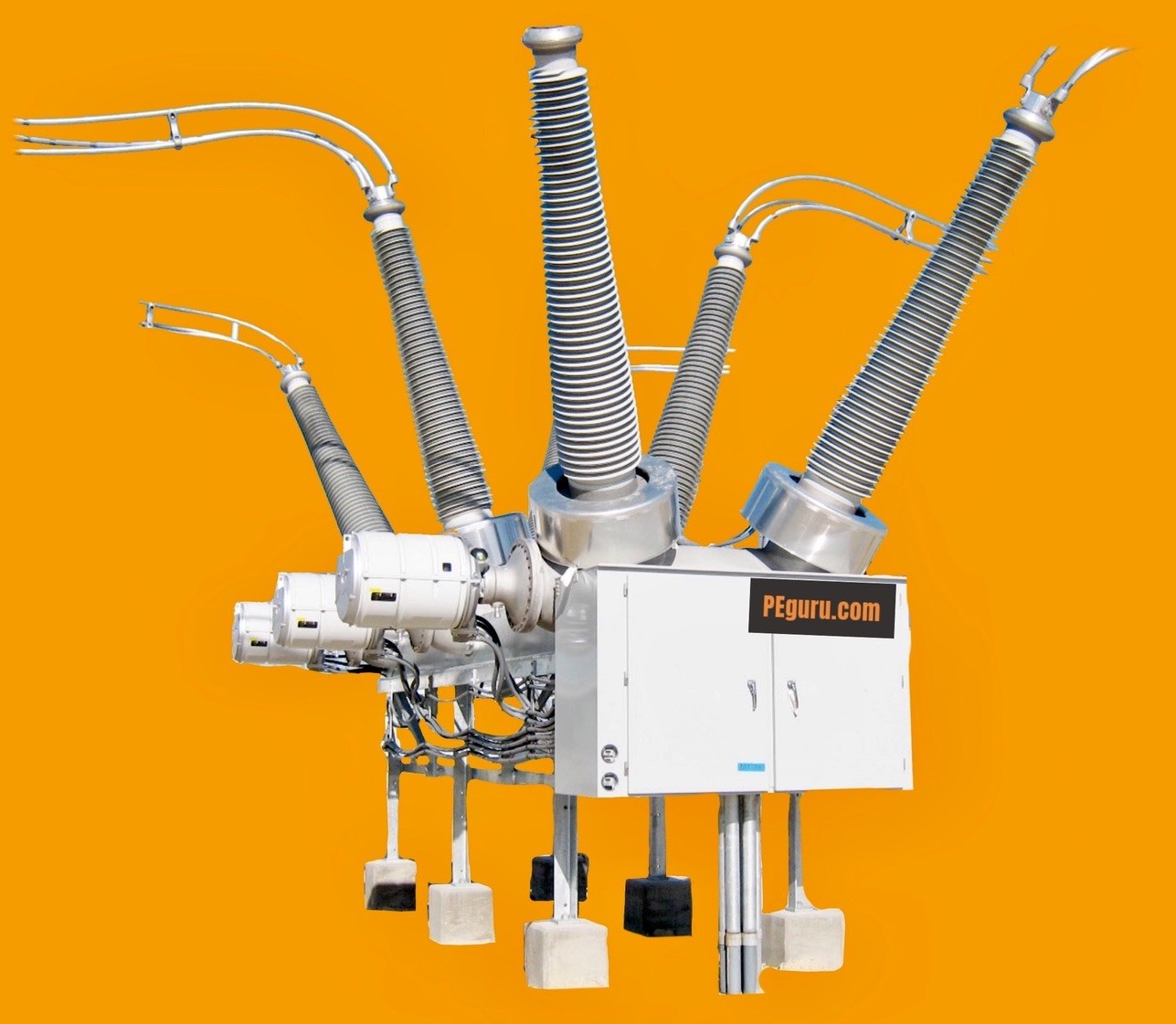

I never knew that a capacitor banks can be place on the three phases of the line to ease power flow. thanks very much, I have learned this today.